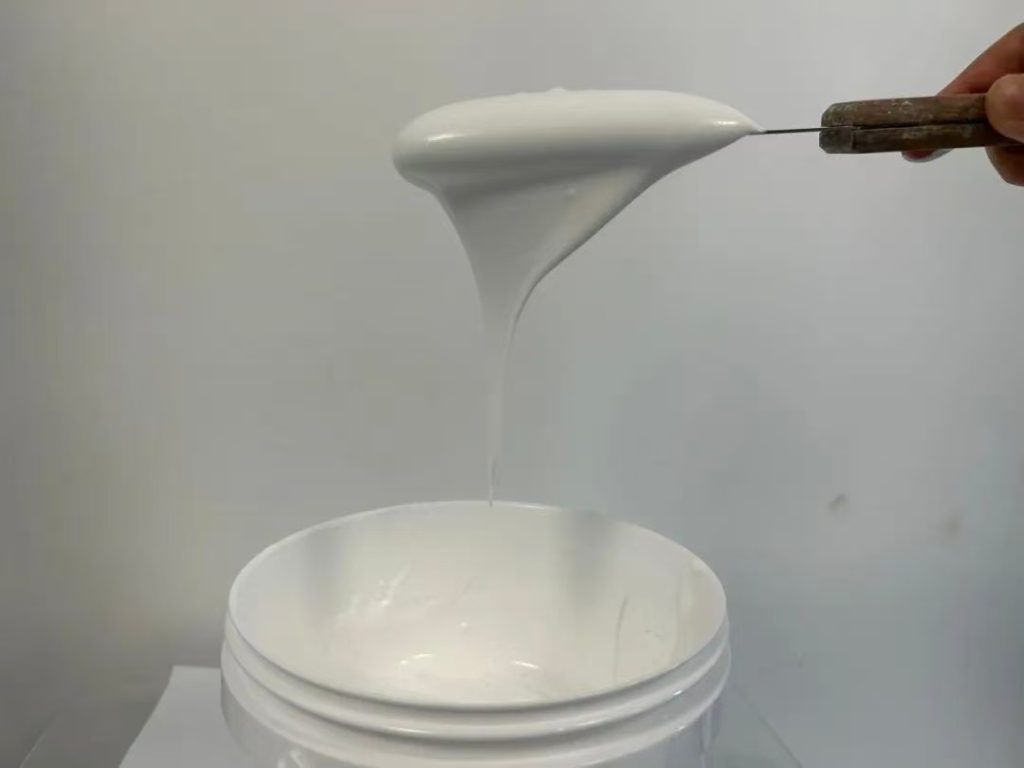Professional industry ceramic supplier, silicon nitride, silicon carbide, aluminum nitride and any other kinds of ceramics.
PRODUCT PARAMETERS
Description
Overview of Lamination Double Belt Flatbed Solventless Laminating Machine for Nano Aerogel Felt Ceramic Fiber Thermoplastic materials
Lamination Double Belt Flatbed Solventless Laminating Machine for Nano Aerogel Felt Ceramic Fiber Thermoplastic materials is a synthetic porous ultralight material derived from a gel, in which the liquid component has been replaced with a gas. The result is a solid with extremely low density and low thermal conductivity, often nicknamed “frozen smoke.” Despite its fragile appearance, it can be engineered to be remarkably strong, holding the title of the world’s best insulating solid material.
Features of Lamination Double Belt Flatbed Solventless Laminating Machine for Nano Aerogel Felt Ceramic Fiber Thermoplastic materials
-
World’s Lowest Thermal Conductivity: Provides unparalleled insulation performance, far superior to traditional materials.
-
Extremely Low Density: One of the lightest solid materials known to man, with a composition of up to 99.8% air.
-
High Surface Area: Possesses an incredibly large internal surface area, making it valuable for filtration and absorption applications.
-
Versatile Composition: Can be made from various materials, including silica, carbon, and metal oxides, each with unique properties.
-
Exceptional Porosity: Its nanoporous structure is responsible for its outstanding insulating capabilities.
Specifications of Lamination Double Belt Flatbed Solventless Laminating Machine for Nano Aerogel Felt Ceramic Fiber Thermoplastic materials
This machine bonds nano aerogel felt, ceramic fiber, and thermoplastic materials using solvent-free lamination. It uses a double flat belt system. The design ensures strong, consistent adhesion without solvents.
The belts are wide, typically 1200mm to 1800mm. This width handles large material rolls efficiently. The belt material is special. It withstands high temperatures and constant pressure. Belt tracking is automatic. This keeps the belts perfectly aligned during operation.
Laminating speed adjusts over a wide range. Operators can set it precisely from 1 to 30 meters per minute. This suits different material combinations and thicknesses. The machine needs consistent speed control. This ensures uniform bonding quality.
Heating is critical. The machine features multiple heating zones. These zones are independently controlled. Temperatures reach up to 250°C. This high heat activates the adhesive layers effectively. Temperature accuracy is vital. It prevents material damage.
Pressure application is even across the entire belt surface. Hydraulic or pneumatic systems provide this pressure. Pressure levels adjust precisely. Different materials require different pressure settings. The pressure system maintains constant force during operation.
The unwinding and rewinding stations are robust. They handle large material rolls smoothly. Tension control is automatic. This prevents wrinkles or stretching. The machine frame is heavy-duty steel. It provides stability during high-speed operation.
Control is via a modern PLC interface. The touchscreen is user-friendly. Operators monitor all parameters here. They can save recipes for different materials. Safety features include emergency stops and guards. These protect operators during use. The machine requires proper utility connections. These include sufficient power and compressed air.
Applications of Lamination Double Belt Flatbed Solventless Laminating Machine for Nano Aerogel Felt Ceramic Fiber Thermoplastic materials
This machine bonds nano aerogel felt, ceramic fiber, and thermoplastics without solvents. It solves a big problem. Traditional methods use liquid adhesives or high heat. Solvents harm the environment and worker safety. High heat damages delicate materials like aerogel felt. This machine uses heat and pressure only. It melts thermoplastic films or coatings between the layers. The melted plastic sticks the materials together firmly. This creates a strong, permanent bond.
The double flat belts are key. They press the materials together evenly across the whole surface. This even pressure is vital. Ceramic fibers are brittle. Uneven pressure can break them. The belts move steadily. This pulls the materials through the heating and pressing zones smoothly. The process is continuous and fast. It suits high-volume production needs.
Temperature control is precise. Different thermoplastics melt at different points. The machine heats just enough to melt the adhesive layer. It avoids overheating the base materials. This protects sensitive nano aerogel structures. Aerogel provides excellent insulation. Keeping its structure intact keeps its performance high. The bond stays strong even under thermal stress.
This method is clean and efficient. No solvents mean no harmful fumes. There’s no drying time needed. The laminated product is ready immediately. The bond is very strong and durable. It withstands temperature changes well. The resulting composites are lightweight. They offer superior thermal insulation and fire resistance. These properties are crucial for demanding applications. Industries use them in aerospace insulation, high-temperature industrial gaskets, and building panels.
Company Profile
Tanki New Materials Co.Ltd. focus on the research and development, production and sales of ceramic products, serving the electronics, ceramics, chemical and other industries. Since its establishment in 2015, the company has been committed to providing customers with the best products and services, and has become a leader in the industry through continuous technological innovation and strict quality management.
Our products includes but not limited to Aerogel, Aluminum Nitride, Aluminum Oxide, Boron Carbide, Boron Nitride, Ceramic Crucible, Ceramic Fiber, Quartz Product, Refractory Material, Silicon Carbide, Silicon Nitride, ect. please feel free to contact us.

Payment Methods
T/T, Western Union, Paypal, Credit Card etc.
Shipment Methods
By air, by sea, by express, as customers request.
5 FAQs of Lamination Double Belt Flatbed Solventless Laminating Machine for Nano Aerogel Felt Ceramic Fiber Thermoplastic materials
What exactly is this machine?
This is a double belt flatbed laminator built for solvent-free bonding. It presses and heats materials together without any liquid chemicals. The machine uses two conveyor belts for constant pressure. This setup handles delicate advanced materials particularly well. It laminates nano aerogel felt, ceramic fiber, and thermoplastic sheets effectively.
How does the solventless laminating process work?
The machine feeds the top and bottom material layers into the laminating zone. Powerful heated rollers and the moving belts apply precise heat and pressure. This melts the thermoplastic adhesive layer pre-coated on one material. The melted adhesive flows between the layers. Continuous pressure bonds them tightly as they cool under the belts. No solvents are involved.
Why choose solventless lamination for these materials?
Solventless is critical for sensitive materials like nano aerogel felt and ceramic fiber. Liquid solvents can damage their delicate structures or special properties. Avoiding solvents also removes drying ovens and solvent recovery systems. This makes the whole process simpler and safer. It prevents harmful fumes and fire risks linked to solvents.
What types of materials can this laminator handle?
It is designed specifically for challenging technical materials. This includes nano aerogel felt insulation, ceramic fiber mats or papers, and various thermoplastic films or nonwovens. The machine adjusts heat and pressure carefully. This prevents crushing fragile substrates like aerogels. It ensures a strong bond without harming the material’s function.
What are the main benefits of using this machine?
You get strong, consistent bonds without damaging sensitive materials. The solvent-free process is much cleaner and safer for workers. It eliminates solvent costs and complex ventilation needs. Production speeds are often higher because no drying time is required. The machine offers reliable, efficient lamination for demanding technical applications.
REQUEST A QUOTE
RELATED PRODUCTS
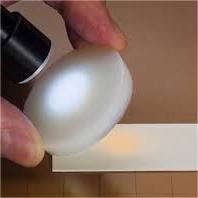
Factory ing Aerogel fabric for outdoor Garment Cheap thermal insulation aerogel fabric
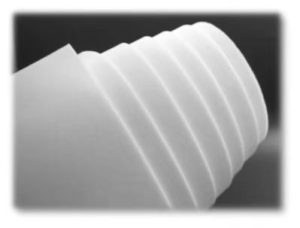
Custom Waterproof Aerogel Thermal Insulation Jacket Spring Autumn Warm Men’s Jacket Outwear
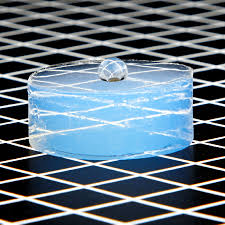
Aerogel Board Insulation Board Best s Waterproof Silica Aerogel Thermal Insulation
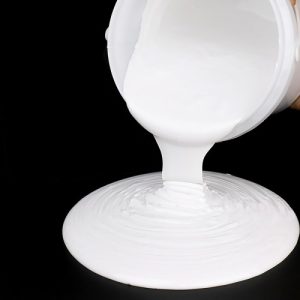
Special customized Triple-sided shaped polishing&drawing/Aerogel blanket sanding machine/Magnesium glass panel drawing machine

Aerogel High Quality Alumina Silicate Heat Insulation Aerogel Ceramic Fiber Board


